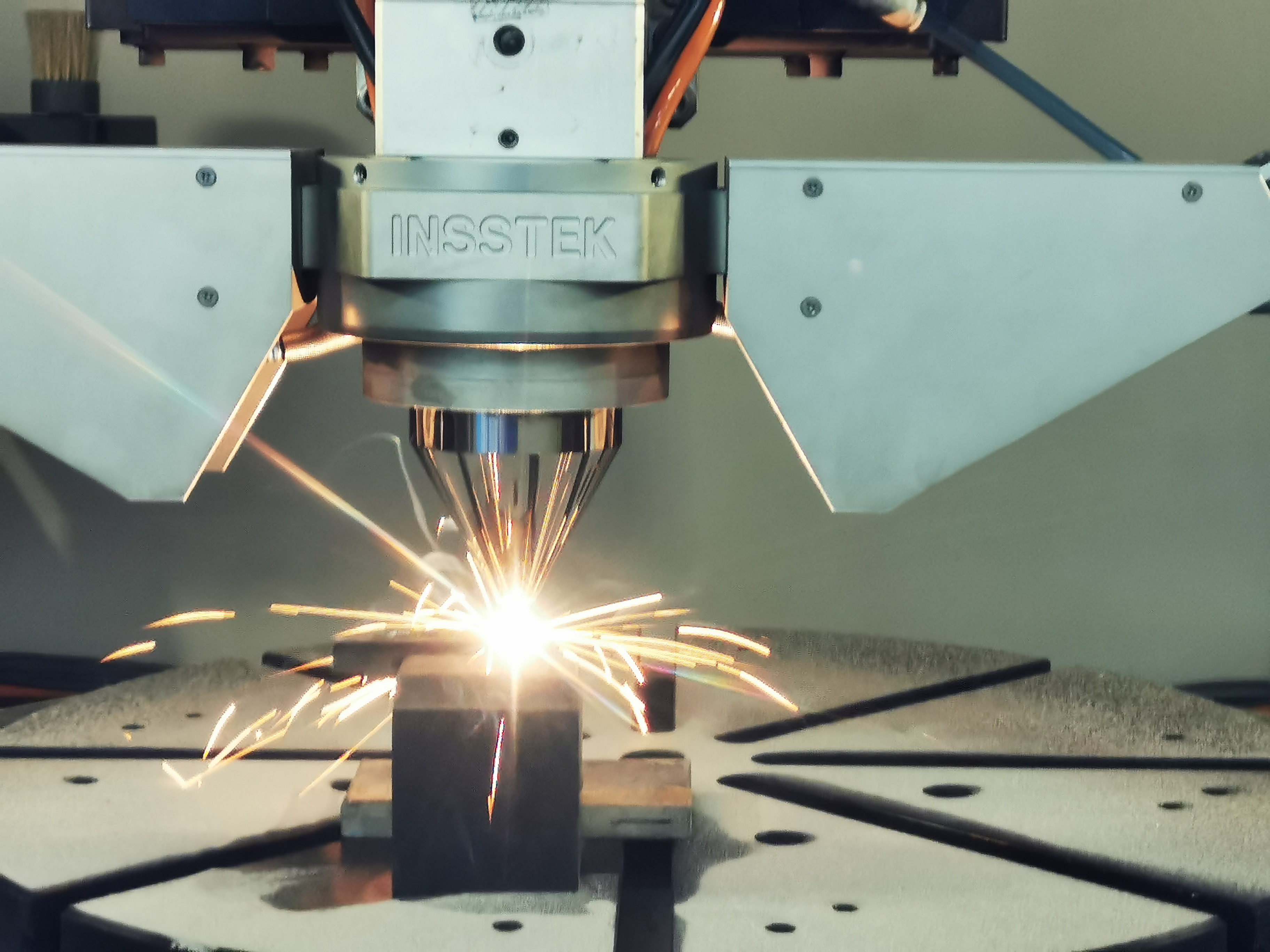
Scientists from Russia-based research institute Skoltech have reportedly used additive manufacturing (AM) to make a part with gradient magnetic properties.
The researchers fused two materials to make an alloy with a composition that continuously changes from one region of the sample to the other, imparting the gradient magnetic properties. Despite the nonmagnetic nature of the constituent materials, the alloy exhibits magnetic properties, according to the institute.
In one experiment, researchers produced an alloy made of aluminum bronze (copper, aluminum, and iron) and marine-grade stainless steel (mostly iron, chromium, and nickel) that is a soft ferromagnet using directed energy deposition (DED) AM. According to Skoltech, this alloy could be used to 3D print a rod suitable for applications such as motor rotors, strips for magnetic encoders, or transformators.
‘We used these two paramagnetic materials to create a gradient alloy with an InssTek MX-1000 3D printer,’ said lead researcher Oleg. ‘The resulting alloy exhibited ferromagnetic properties to an extent that depended on the ratio between the two constituent materials.
‘Our study also provides a theoretical explanation of the emergence of ferromagnetic properties in the alloy in terms of its atomic structure,’ he said. ‘While the two initial materials have a so-called face-centered cubic crystal structure, their combination results in a body-centered cubic structure.’
‘Our findings show that [DED] is not just a way to 3D print gradient materials, but also a way to discover new alloys,’ said PI Stanislav Evlashin, research scientist at Skoltech.
This story uses material from Skoltech, with editorial changes made by Materials Today.




